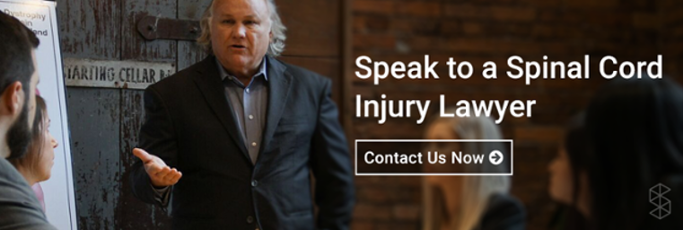Areas of Spinal Cord Injury Research
Stem Cells
After being discovered in the mid 1990s, stem cells have become a very important part of spinal cord injury research. Researchers have used embryonic stem cells, Schwann cells, which are taken from the patient's own nose, as well as neural stem cells and others. There have been hundreds of human studies done using stem cells, but they have yet to heal any patients in a conclusive manner.
Epidural Stimulation
In 2011, it was discovered that epidural stimulation, a method of putting a patch to electrically stimulate the lower part of the spinal cord, can enable mobility return. It appears to even work in those with complete injuries according to studies done at the University of Louisville, the University of Southern California, and the Mayo Clinic, and there are opportunities to be involved in test studies.
Neuroregenration
There has been a resurgence of research looking at the molecular and genetic cues of neurons and how to encourage them to stimulate nerve growth. Research has been done on this at The Miami Project, the University of California San Diego, and other research clinics around the world; but so far only in mice. Many people believe some kind of gene therapy will ultimately be used to help treat spinal cord injuries.
Neuro Implants
Elon Musk and his program Neuralink have put neuro implants on the map when it comes to spinal cord injury research. Since 2016, he has been promising to cure people with paralysis by surgically implanting a brain chip that can bypass the area of injury and receive the signals via another implant located below the level of injury. In 2022, they were aiming for human trials, however, none have been announced yet.
Exoskeletons
Although this is not a therapeutic treatment, for those no longer wanting to be limited by their paralysis can now walk and do things they would never be able to do before thanks to the advent of exoskeletons, which are now available commercially and sold worldwide by several companies. Some require the use of crutches and others do not. There are even exoskeletons for the upper body, helping those with quadriplegia use their arms.
Tissue Engineering
Using human-made materials to encourage spinal cord injury repair, like polymer scaffolds, are another growing trend in spinal cord injury research. This is usually combined with some kind of stem cells adhered to the scaffold for a powerful treatment method. They’re able to create a nerve bridge between the injury sites.
Sources:
https://www.themiamiproject.org/research/areas-of-research/neuroregeneration/
https://victoryoverparalysis.org/research/translational-research/epidural-stim-pgm/
Stay Updated on Advancements On Traumatic Brain &
Spinal Cord Injuries
About the Author





